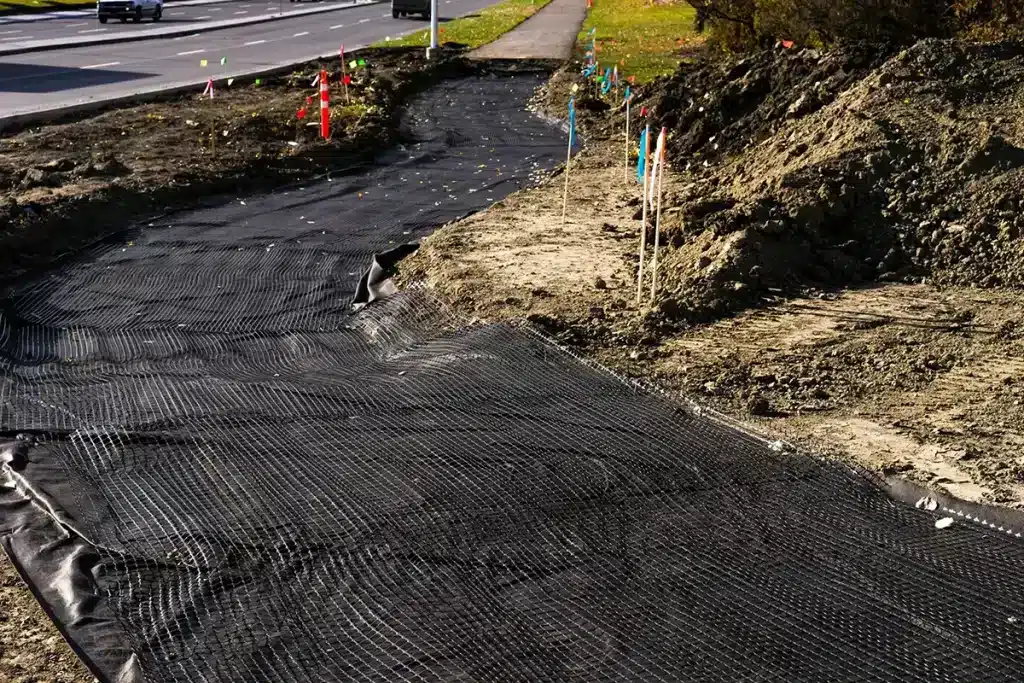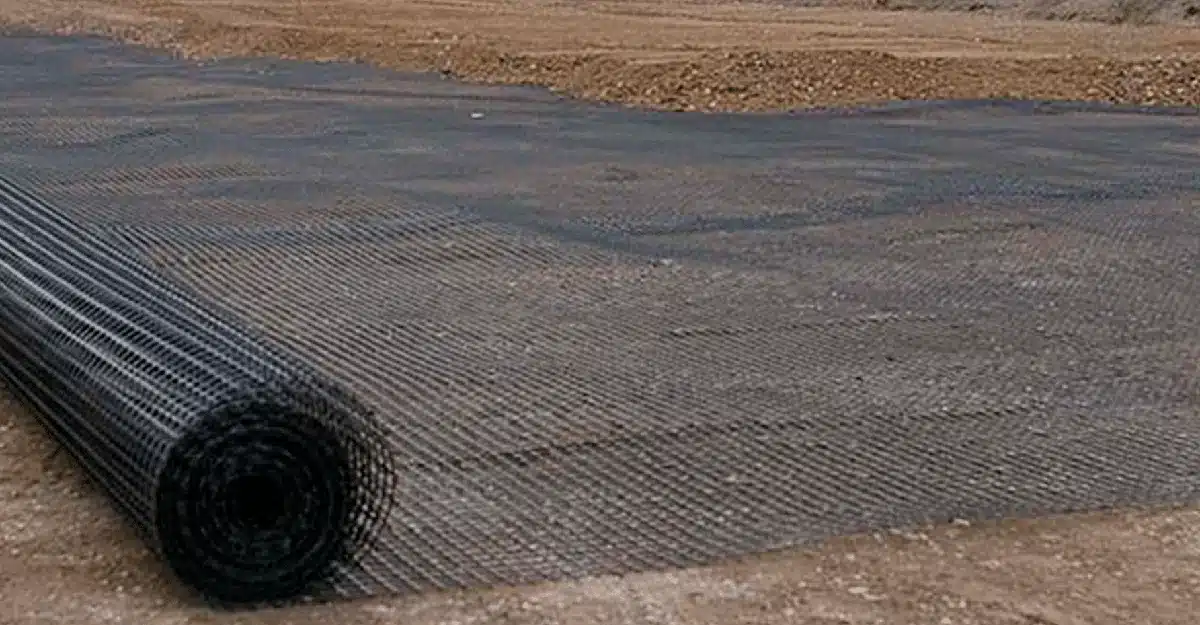Use of Geonets in Road Construction: Key Insights
The use of geonets in road construction has become an essential practice in modern infrastructure development. Geonets, a type of geosynthetic material offered by Geofantex, provide efficient drainage, prevent subgrade saturation, and significantly extend the service life of pavements. By integrating geonets into road design, engineers can improve structural stability and reduce long-term maintenance costs, making them indispensable for highways and urban roads.

What are geonets and why are they used in road construction?
Geonets are three-dimensional, net-like geosynthetic materials typically made from HDPE or polypropylene. They are designed to provide high in-plane drainage, allowing water to move laterally away from subgrade or base layers in a road structure. In road construction, geonets serve multiple critical functions, including drainage, separation, and filtration when combined with geotextile composites. By facilitating rapid water removal, geonets prevent water-induced weakening of the pavement base and subgrade, reduce erosion of fine particles, and enhance the overall stability of the road structure under heavy traffic loads.
How do geonets improve road performance?

The integration of geonets into road construction greatly enhances pavement performance by efficiently controlling water within the road layers. The drainage capability of geonets reduces pore water pressure in the subgrade, which minimizes the risk of rutting, cracking, and deformation. When used with geotextile composites, geonets also prevent mixing of soil and aggregate layers while allowing water to escape, maintaining structural integrity. Roads constructed with geonets often demonstrate extended durability, lower maintenance frequency, and reduced construction costs, as improved drainage can allow for thinner aggregate layers without compromising performance. Geonets are increasingly adopted in urban roads and highway projects for these benefits.
What are the industry trends and data on geonets in road construction?
The global geosynthetics market continues to grow due to rising infrastructure investment and demand for durable, high-performance pavements. Within this market, geonets have gained attention because modern roads require efficient drainage to cope with heavy rainfall and increased traffic loads. Proper use of geonets can extend road service life by 20–30%, depending on soil conditions and traffic intensity. They are commonly used in highways, airports, and urban road projects, particularly in areas with soft subgrades or high water tables, reflecting their growing importance in geosynthetic road applications. For high-efficiency drainage, many projects now rely on Geofantex geonets and composites.
What are the best practices for implementing geonets?
Successful implementation of geonets requires careful design, material selection, and installation. Geonets should be placed in close contact with subgrade or base layers where water accumulation is most critical. Pairing geonets with compatible geotextiles ensures proper filtration and prevents clogging while maintaining high flow capacity. Installation must be precise, avoiding folding, stretching, or misalignment, as improper placement can compromise drainage performance. Additionally, long-term monitoring, especially in heavily trafficked or high-rainfall roads, ensures continued effectiveness. Many engineers refer to Geofantex installation guides for best practices.
The use of geonets in road construction is a highly effective and cost-efficient solution for modern road engineering challenges. By providing superior drainage, preventing subgrade saturation, and extending the lifespan of pavements, geonets help create durable, low-maintenance roads. When designed and installed correctly, geonets ensure improved performance and resilience, supporting sustainable infrastructure development acros
Comments
Post a Comment